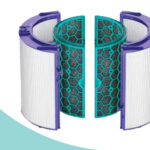
Table of Contents
The significance of indoor air quality can’t be overstated when it comes to our health and comfort. Quite surprisingly, the air within our homes can often harbor more pollutants than outdoor air. This article focuses on tactics to elevate the quality of your indoor air, the advantages of efficient ventilation, how plants and air purifiers can enrich air quality, and methods to test the air quality inside your home.
Recognizing Indoor Air Pollution Sources and Mitigating Exposure
The following table shows some common sources of indoor air pollution and suggestions for reducing exposure to them.
| Source | Description |
| Tobacco Smoking | One of the primary culprits behind poor indoor air quality is smoking. Secondhand smoke carries a plethora of harmful substances. Establishing your home as a smoke-free zone can be a critical step in enhancing air quality. |
| Attached Garage | Fumes from vehicles or stored chemicals in an attached garage can infiltrate your living space. Properly sealing the garage-house connection can significantly increase your home’s air quality. |
| Cooking | Cooking methods such as frying and sautéing can generate airborne particles. A quality exhaust hood or kitchen air purifier can help minimize these pollutants. |
| Mould, Dampness and Leaks | Excessive moisture can cause mould and dampness, leading to compromised air quality. Regularly check for water leaks and ensure sufficient ventilation to prevent mould propagation. |
| Heating Sources | Certain heating sources, including wood-burning stoves or gas heaters, can emit pollutants. Regular upkeep and adequate ventilation are paramount for a healthier air quality. |
| Renovations and Home Improvement | Home renovations can stir up dust and unleash chemicals from paint and other materials. Ensuring good ventilation during and after such projects is essential. |
| Household Items and Furniture | Furniture and household items can emit volatile organic compounds (VOCs), adversely affecting indoor air quality. Prioritize low-VOC items when possible. |
| Hobbies | Certain hobbies, such as crafting, painting, or woodworking, can contribute to indoor air pollution. Ensuring good ventilation or engaging in these activities outdoors when possible can be beneficial. |
| House Cleaning and Laundry | Cleaning products and laundry detergents can contain chemicals that can pollute indoor air. Opting for unscented or naturally scented products can enhance the quality of your indoor air. |
Benefits of Good Ventilation
Ventilation is crucial in maintaining a healthy indoor environment. It replaces stale indoor air with fresh outdoor air and helps control the temperature, dilute and remove pollutants, and keep the interior humidity at a healthy level, all of which contribute to ways to improve air quality in your home.

There are several ways to ventilate a home, including through natural ventilation, such as opening windows and doors, and mechanical means, such as HVAC systems, fans, and heat recovery ventilators. The benefits of good ventilation are manifold:
- Improved air quality: By diluting and displacing indoor pollutants, ventilation reduces their concentration, helping to improve indoor air quality.
- Moisture control: Adequate ventilation helps remove excess moisture, preventing condensation and subsequent issues with dampness and mold growth.
- Odor removal: Good ventilation can help disperse unpleasant odors from cooking, cleaning, pets, or other sources.
- Health and comfort: Good ventilation can lead to better health by reducing exposure to pollutants and allergens. It also provides a more comfortable living environment by regulating temperature and humidity.
Plants that Improve Air Quality
While houseplants alone can’t clean your home’s air, they can certainly contribute to a healthier environment. Studies have shown that certain plants are particularly good at absorbing common pollutants and producing oxygen.
Here are some houseplants known for their air-purifying qualities.
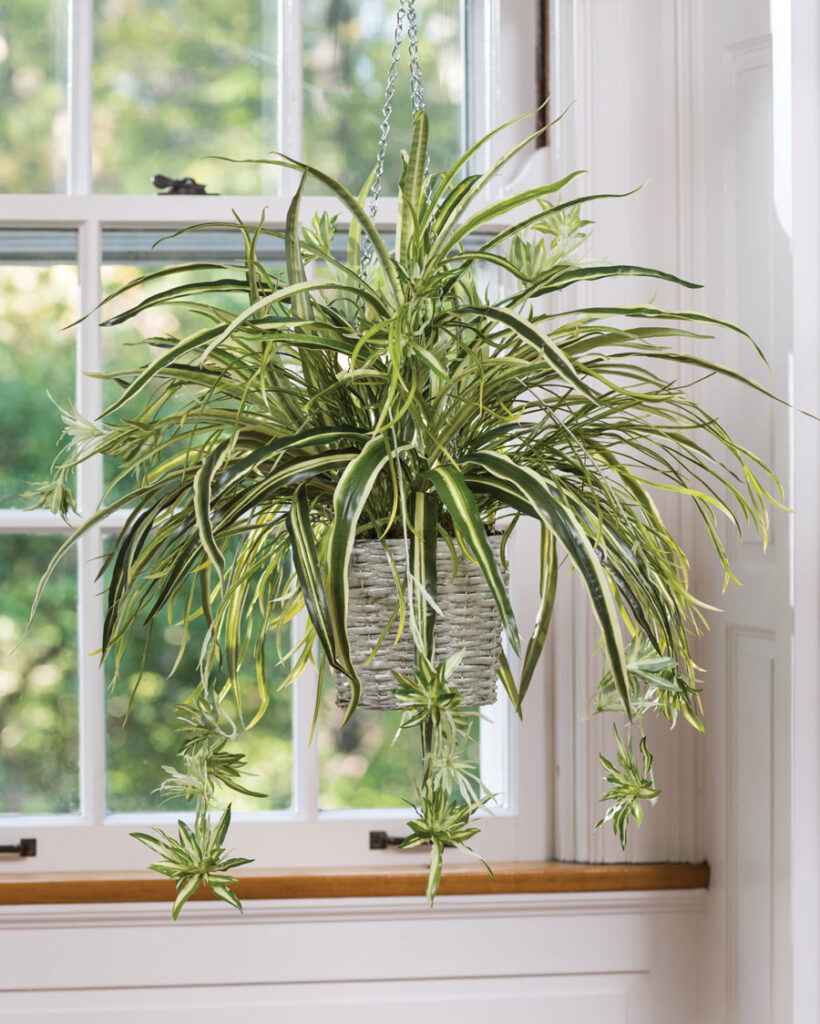
Spider Plant: Easy to care for and resilient, Spider Plants are effective at removing formaldehyde and xylene from the air.

Snake Plant: Snake Plants are a popular choice because they tolerate low light and irregular watering. They are particularly good at filtering out formaldehyde, xylene, and toluene.

Peace Lily: This beautiful flowering plant can help to reduce the levels of toxins like benzene, ammonia, and formaldehyde.
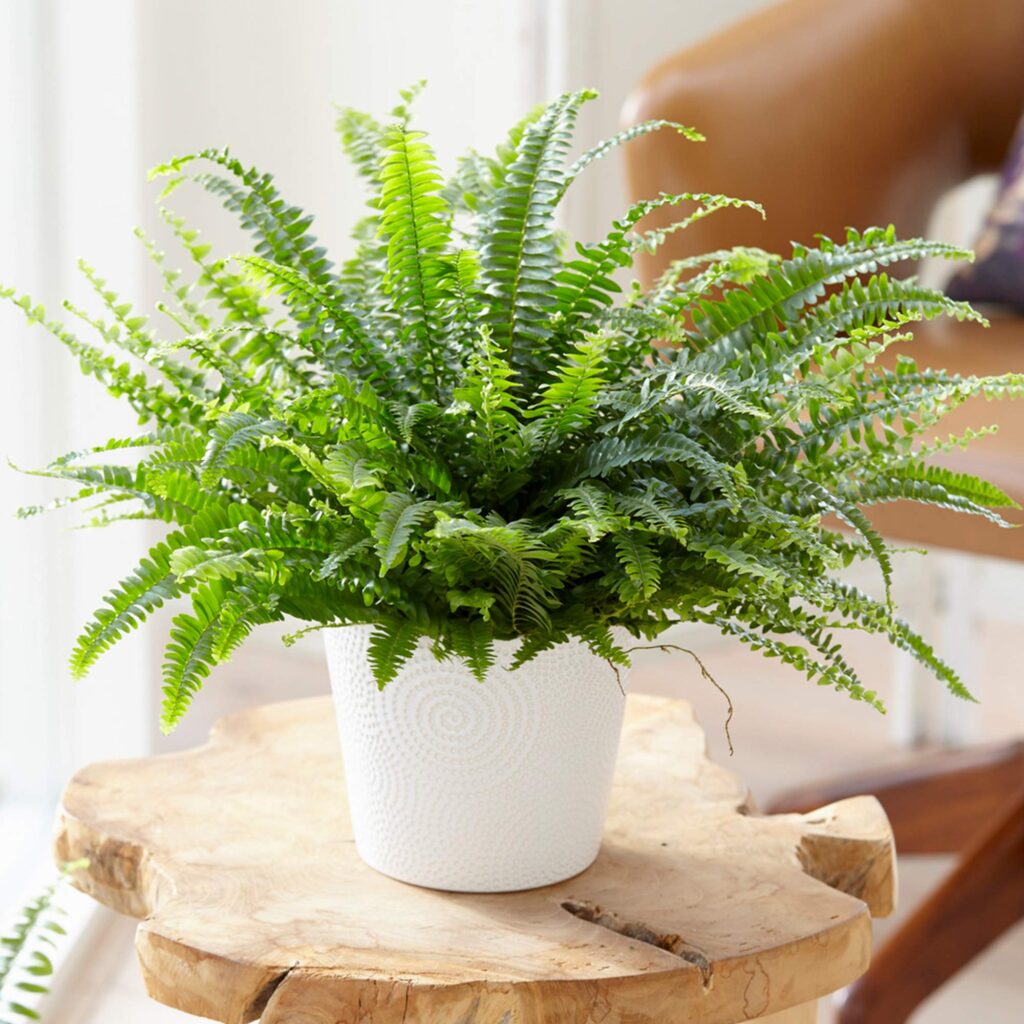
Boston Fern: Boston Ferns are great at removing formaldehyde and xylene, but they require a bit more care and attention, preferring a cool environment with high humidity and indirect light.
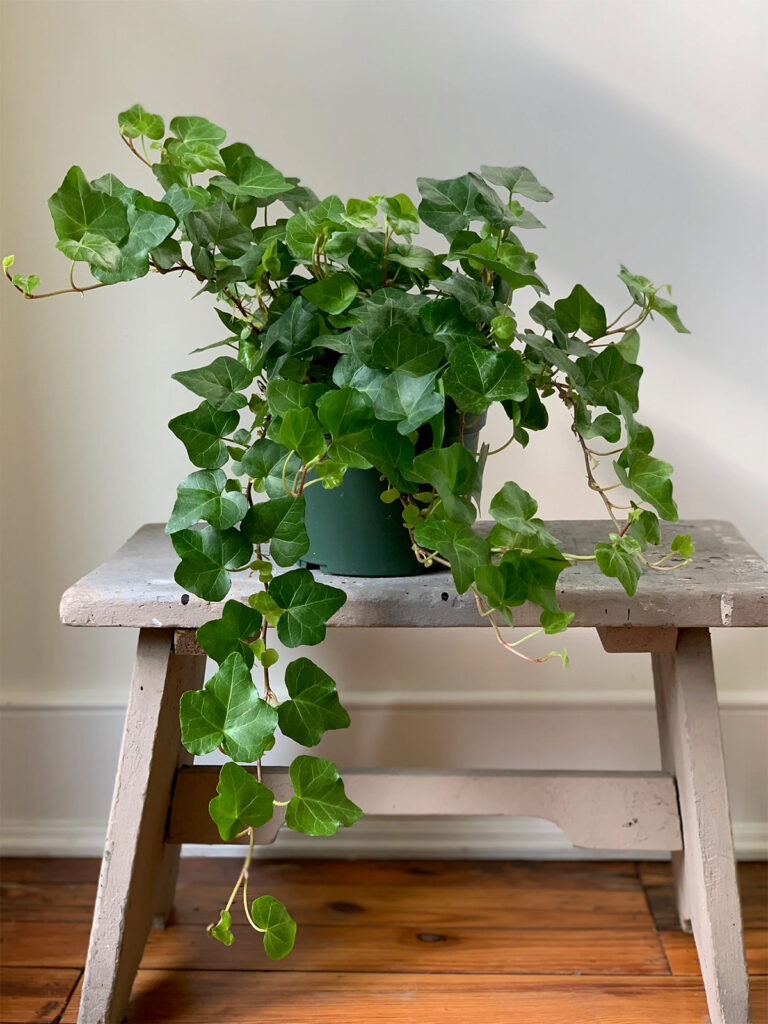
English Ivy: This versatile plant is excellent at filtering formaldehyde out of the air.
When using plants to improve air quality, it’s also important to keep in mind that overwatering can lead to mold growth, which would negate the benefits.
Air Purifiers as the Best Way to Improve Air Quality
Air purifiers are appliances that remove pollutants from the air. They work by drawing in air and passing it through a series of filters that capture particles like dust, pollen, and bacteria. The clean air is then recirculated back into the room.
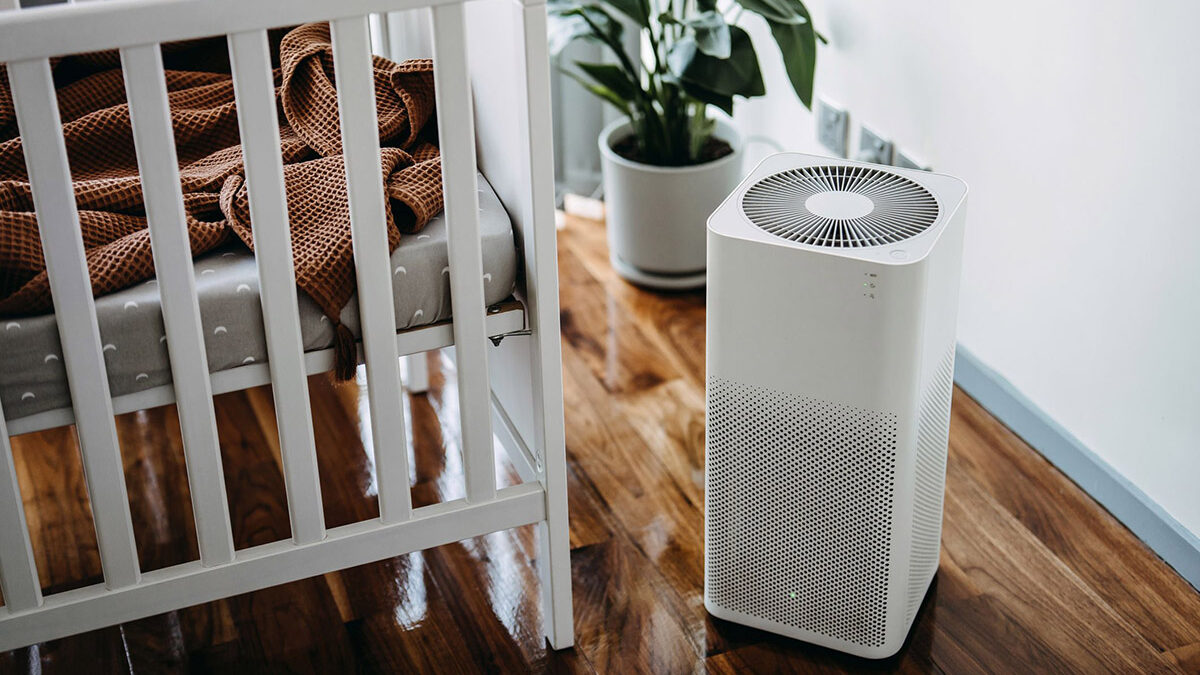
There are a few reasons why air purifiers are considered one of the best ways to improve air quality:
- Reduction of allergens: Air purifiers can significantly reduce the amount of allergens in the air, including dust mites, pet dander, and pollen. This can be particularly beneficial for people with allergies or asthma.
- Removal of smoke and odors: Air purifiers with activated carbon filters can help remove smoke particles and odors from the air, whether from tobacco, cooking, or wildfires.
- Elimination of harmful chemicals: Some air purifiers are equipped with filters capable of capturing volatile organic compounds (VOCs), which are harmful chemicals released by certain cleaning products, building materials, and home furnishings.
Choosing the right air purifier depends on your specific needs. Consider factors like room size, type of pollutants you want to remove, and the noise level of the device. For the best results, combine the use of an air purifier with other strategies to improve indoor air quality, like good ventilation, regular cleaning, and minimizing the use of products that release harmful chemicals.
Methods to Assess the Quality of Air in Your Home
It’s crucial to evaluate the effectiveness of your efforts to improve air quality. Testing for pollutants can help you understand if your strategies are working and identify areas for further improvement.
- Radon: Radon is a radioactive gas that can infiltrate homes from the soil. Testing is the only way to detect it.
- Carbon Monoxide: This lethal gas is produced by burning fuels. Installation of carbon monoxide detectors is an essential safety measure.
- Other Pollutants: Tests are available for other pollutants like mould, VOCs, and allergens.
By recognizing the sources of indoor air pollution and taking proactive steps, you can substantially enhance the quality of your indoor air, leading to a healthier and more comfortable living environment.

